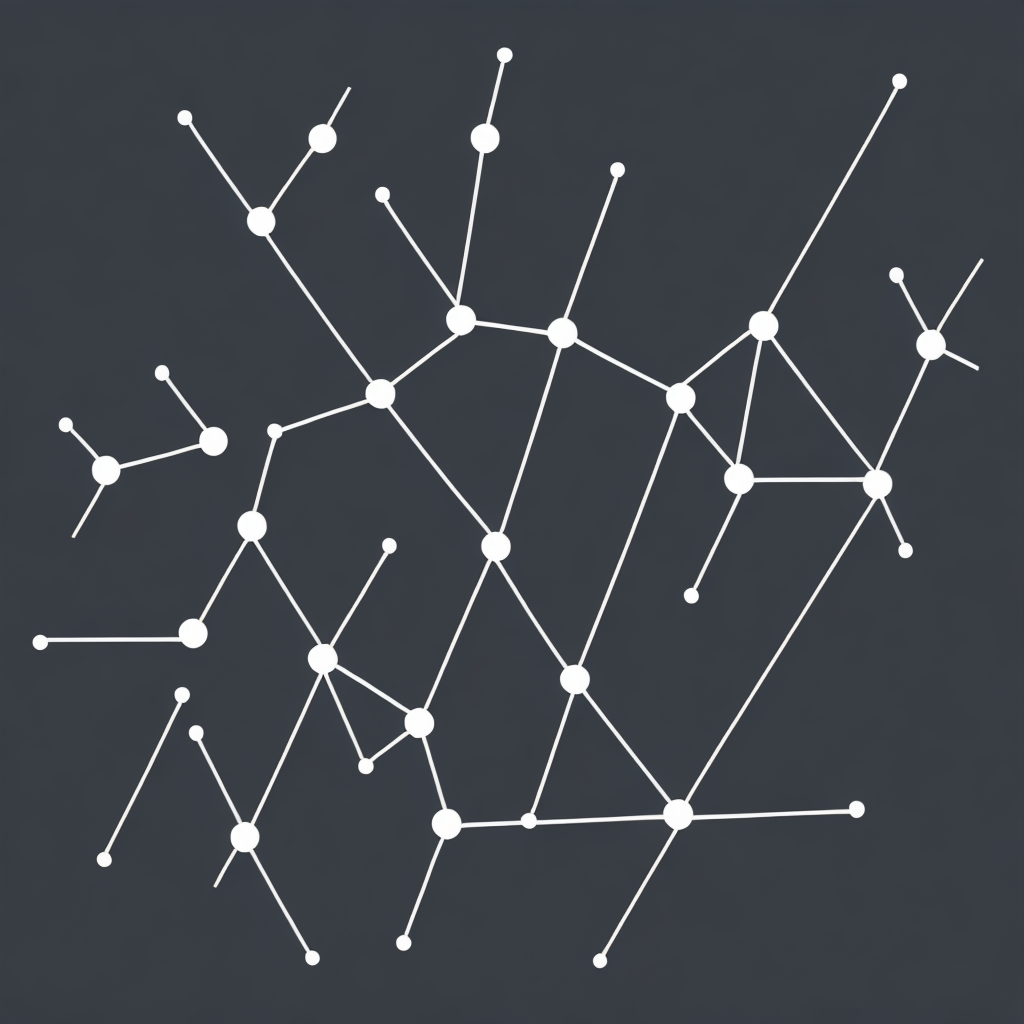Unlocking the Power of Knowledge Graphs: Enhancing Data Management, Insights, and Decision-Making
In the digital age of rapidly increasing data and information, one solution that is gaining immense popularity among businesses and organizations is the concept of knowledge graphs. Knowledge graphs represent a significant advancement and evolution in the realm of data management, offering unparalleled insights and decision-making capabilities. As we unlock the power of knowledge graphs, we embark on a journey of transforming raw data into actionable insights that can propel businesses towards achieving their strategic objectives.
Understanding Knowledge Graphs
Knowledge graphs are information models that capture and link information through entities and relationships in rich, structured, and accessible formats. They enable the visualization and querying of information in a way that illuminates connections, patterns, and insights that would be otherwise invisible. The fundamental building block of a knowledge graph is its nodes, representing entities, and edges, representing the relationships between these entities.
Key Benefits of Knowledge Graphs
1. **Enhanced Data Management**
In the age of big data, managing the sheer volume and variety of information poses significant challenges for organizations. Knowledge graphs provide a structured and semantic approach to data management. By organizing data into interconnected entities and attributes, knowledge graphs facilitate more efficient storage, retrieval, and analysis of information. This not only helps in reducing the cost of data management but also ensures compliance and governance across vast databases.
2. **Depth and Breadth of Insights**
One of the key advantages of knowledge graphs is their ability to uncover complex relationships and patterns within data. Unlike traditional relational databases, which primarily focus on structured data, knowledge graphs excel at handling unstructured, semantically meaningful data. This facilitates the provision of deeper insights by revealing intricate networks and connections between seemingly disparate pieces of information. These insights can be of immense value in strategic decision-making, enabling organizations to forecast trends, optimize operations, and enhance product development.
3. **Decision-Making Acceleration and Optimization**
Incorporating the insights derived from knowledge graphs can significantly expedite the decision-making process. By providing a comprehensive view of the business landscape, knowledge graphs enable decision-makers to access real-time, accurate, and contextually relevant data. This not only saves time but also minimizes the risk of erroneous decisions. Moreover, with predictive analytics as a driving force behind knowledge graphs, organizations can anticipate future scenarios, allowing for proactive planning and execution.
4. **Flexibility and Scalability**
Knowledge graphs are designed to be scalable, meaning they can efficiently manage an increase in data volume and complexity without compromising performance. This adaptability makes them highly suitable for businesses that expect rapid growth and require a flexible infrastructure that can evolve alongside their needs. The modular and interconnected nature of knowledge graphs ensures that new data or changing relationships can be integrated seamlessly, further enhancing their utility over time.
Conclusion
The advent of knowledge graphs signifies a significant leap forward in the landscape of data management and decision-making. By offering unparalleled insights and capabilities, knowledge graphs unlock new frontiers for businesses seeking to deepen their understanding of complex data landscapes. Through enhanced data management, depth and breadth of insights, accelerated decision-making, and scalability, the power of knowledge graphs can propel organizations towards achieving their goals more efficiently and effectively than ever before. As the future of data analysis continues to evolve, the potential benefits offered by knowledge graphs become an indispensable asset in the quest for competitive advantage and strategic success.
